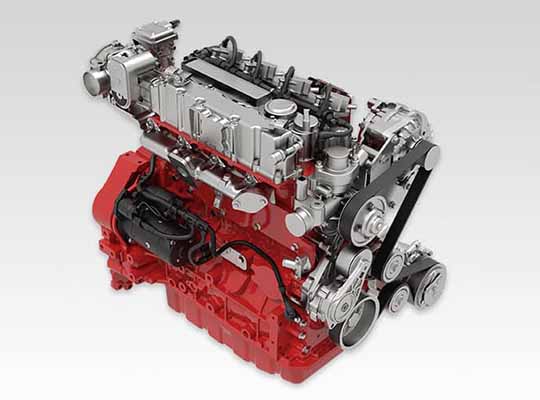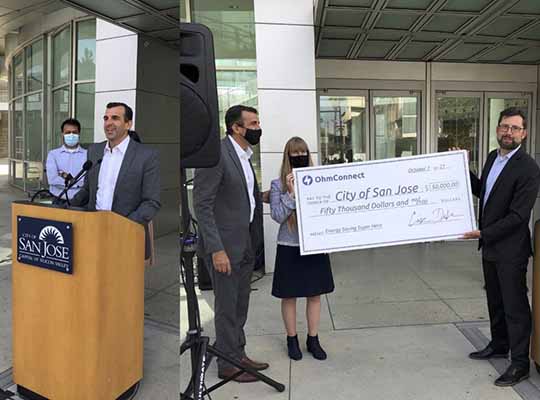PALO ALTO, Calif. – The Electric Power Research Institute (EPRI) is collaborating on two research and development projects selected by the U.S. Department of Energy (DOE) to receive more than $2 million in funding as part of the H2@Scale effort. The work supports DOE’s Hydrogen Shot goal to reduce the cost of clean hydrogen by 80 percent in the next 10 years.
In one project, EPRI will collaborate with DOE’s National Renewable Energy Laboratory (NREL) to develop and conduct performance testing to enable better understanding of proton exchange membrane (PEM) electrolyzer system capabilities. The project will look at using the electrolyzer technology with solar, wind, or other grid resources and evaluate its potential as a grid asset, providing energy storage through the conversion of renewable energy into hydrogen. Specifically, this $1.15 million award will focus on electrolyzer grid integration, variable operation with renewables, system size optimization, and modeling to study the scaling of future hydrogen systems.
For the second project, $1 million has been awarded to EPRI, NREL, DOE’s National Energy Technology Laboratory (NETL), Gas Technology Institute (GTI) and Paulsson, Inc. to explore emerging technologies for detecting hydrogen leaks. The extremely small size of the hydrogen molecule can lead to adverse effects in many materials. Hydrogen leak detection is a key area of research for enabling technologies that can support wide-scale hydrogen deployment.
These projects are also supported by the Low-Carbon Resources Initiative, led jointly by EPRI and GTI to help accelerate development and demonstration of low- and zero-carbon energy technologies.
“Economy-wide carbon reductions require significant collaborative research and development across the industry,” said Neva Espinoza, EPRI vice president of energy supply and low-carbon resources. “Through these and other ongoing research projects, EPRI is pleased to bring its trusted research and technical expertise to the collective table, supporting U.S. efforts to advance low-carbon technologies and producing results that can be applied globally.”













